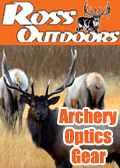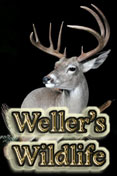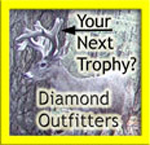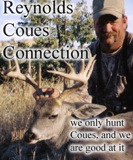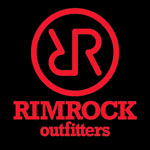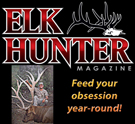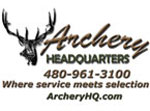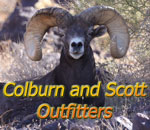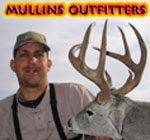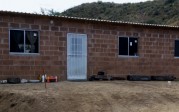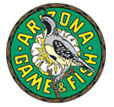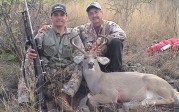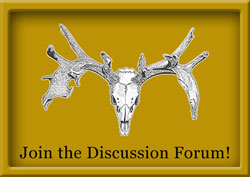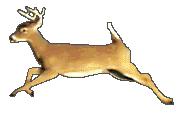Biology
Aging Coues
All wild ungulates (deer, elk, pronghorn, bighorn sheep, etc.), can be aged fairly accurately by examining their teeth. This can be done two ways. One way is to examine the teeth under a microscope and the other is to look at wear and replacement patterns of all the teeth in the lower jaw. Using the number of tines on a buck’s antlers is not an accurate way to estimate age. Bucks in exceptional condition can have more tines than those of the same age which are in poor condition. And older bucks may have heavy beams but fewer points than a young buck.
Aging by counting cementum annuli under a microscope
This method requires the extraction of one of the large front incisors from the lower jaw and slicing the root extremely thin. These slices are then stained and examined under a microscope. As a wildlife biologist, I have pulled and collected hundreds, if not thousands of teeth from ungulates. Most of the time biologists send those teeth to a lab either at their Game and Fish Department or to one in Montana (Matson’s) to be examined. But I have also had jobs where I spent hours cutting, staining and examining slices of deer teeth. This method is very interesting and is similar to counting annual rings in a cut tree trunk. Deer lay down a layer of cementum in their teeth each year. A specialized machine is used to slice microscopic sections off of the tooth root. After staining, the slices of tooth will show annual rings.
Counting cementum annuli is the most accurate method of aging deer older than 3.5 years. In some species you can gain additional information from this technique. Matson’s lab in Montana has correlated the years that a bear has young with thin layers of cementum (perhaps because the bear is putting more resources into the pregnancy). So by looking at a slice of tooth from a female black bear, a biologist can tell how many times the bear has produced young. This works well in bear because they tend to only have young every other year. But for most deer, reproduction is an annual event.
If you have a buck that you would like aged, pull the front incisors from the lower jaw (deer don’t have upper incisors) and contact Matson’s lab for information on how to get it aged. It is just as expensive for the lab to analyze one tooth as it is for 4-5, so you might wait until you have several or get your hunting buddies to collect teeth too.
Make sure when you extract the tooth that you do not break off the root. The easiest way to extract them that I know of is to use a pocket knife to slice down deep into the gum on each side of the tooth. Then wiggle the knife on each side of the tooth so as to loosen things up. Do this on both of the front incisors. Then place the blade of the knife behind the teeth, with the width of the blade parallel to the width of the teeth. Push the knife blade into the gum and gently pry the knife toward you. This should push both teeth forward and down from the rest and then you can slice any remaining flesh from the root to fully extract them.
For more information visit Matson’s Laboratory, LLC – Home Page.
You can email Gary Matson at gjmatson AT montana DOT com
Matson’s Laboratory, LLC
8140 Flagler Road
P.O. Box 308
Milltown MT 59851
Aging by tooth wear and replacement
Another way to use a deer’s teeth to determine it’s age is by looking at wear and replacement. Deer develop their teeth in a predictable pattern. In addition, over time, the teeth are ground down and that wear can give an indication of age. This method is most accurate for deer less than 3.5 years old. For older deer, the amount that the teeth wear down annually varies according to what they are eating. A deer that lives in an environment with a lot of sandy, gritty soil will wear his teeth down faster than one that doesn’t. Many Game and Fish offices have a “deer jaw board” which has examples of deer jaws of known age deer so that one can see how the teeth wear in that particular area. When I get some photos of some jaws, I will post them. An excellent reference for aging all big game animals in Arizona has been published by the Arizona Game and Fish Department. It gives a great description and has pictures demonstrating the tooth replacement patterns.
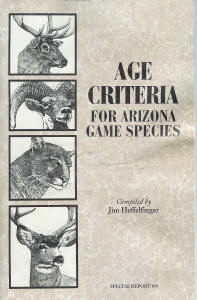
Click on the image to go directly to the Arizona Game and Fish Department web site. I don’t see this guide listed for purchase at the web site, but you can call the Dept. at (602) 942-3000 to ask where you can purchase a copy. I believe it is only $3.
To use this method of aging a deer, you want to look at the lower jaw. A deer has long incisors on the front part of the jaw and premolars and molars on the back the jaw. In fawns, you will only see four back teeth (3 premolars and 1 molar). A yearling Coues deer will have 3 premolars and the third premolar will have three cusps. The molars of a yearling are still coming in, but you should see three molars with the last molar only partially erupted. A deer that is 2.5 years old will have all its adult teeth in and the third premolar will only have two cusps. There is very little wear evident on the teeth of a 2.5 yr old. Because a deer does not replace any of its teeth after 2.5 years, the teeth start to show more wear with each passing year. The first molar (the fourth tooth on the back part of the jaw) is the one that will show the most wear and is the one to key in on. Look for the width of the dentine (brown parts of top of tooth) compared to the width of the enamel (white part on top of tooth). As the tooth wears it will have wider dentine sections compared to the enamel. And the cusps of the teeth will wear down and become smooth. A deer that is 3-5 years old will still have some cusps to it on the first molar, whereas on an older deer that molar will be very smooth. Here is a link to an online site that shows pictures of this wear pattern. For Arizona specific information, you will want to purchase a copy of the publication put out by Arizona Game and Fish – its only $3 and well worth it.



